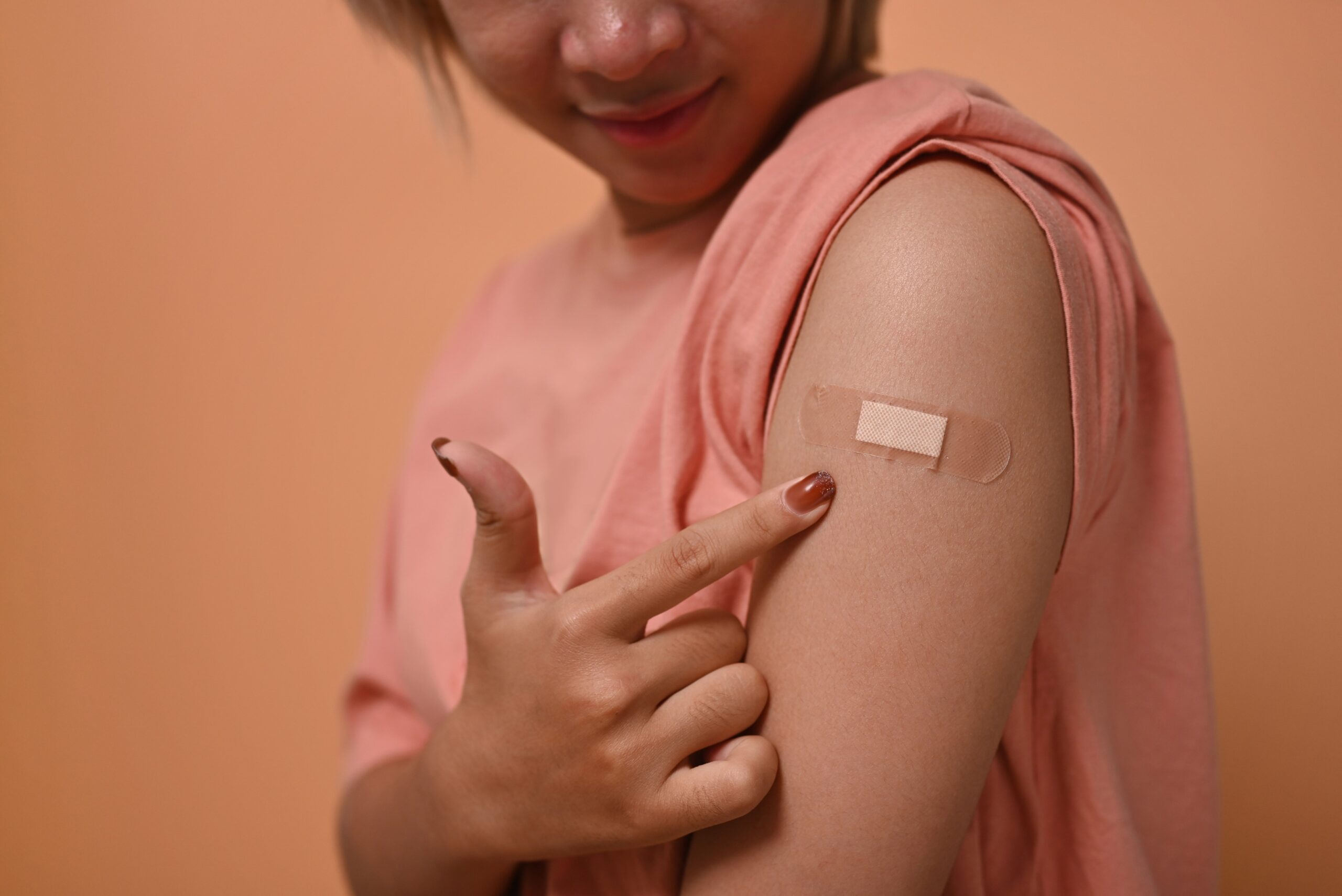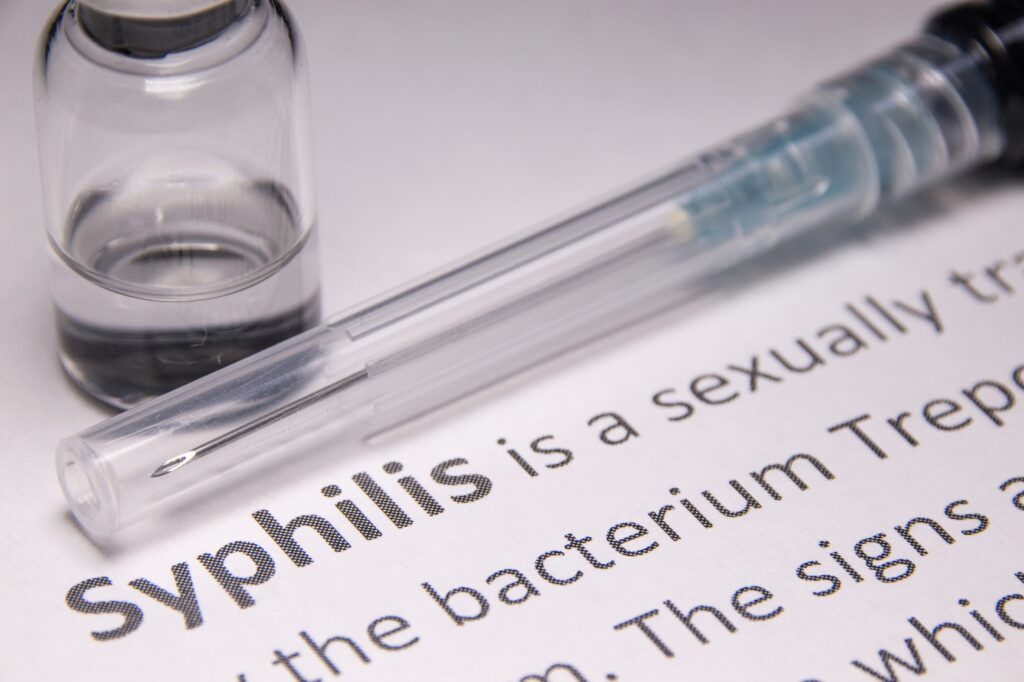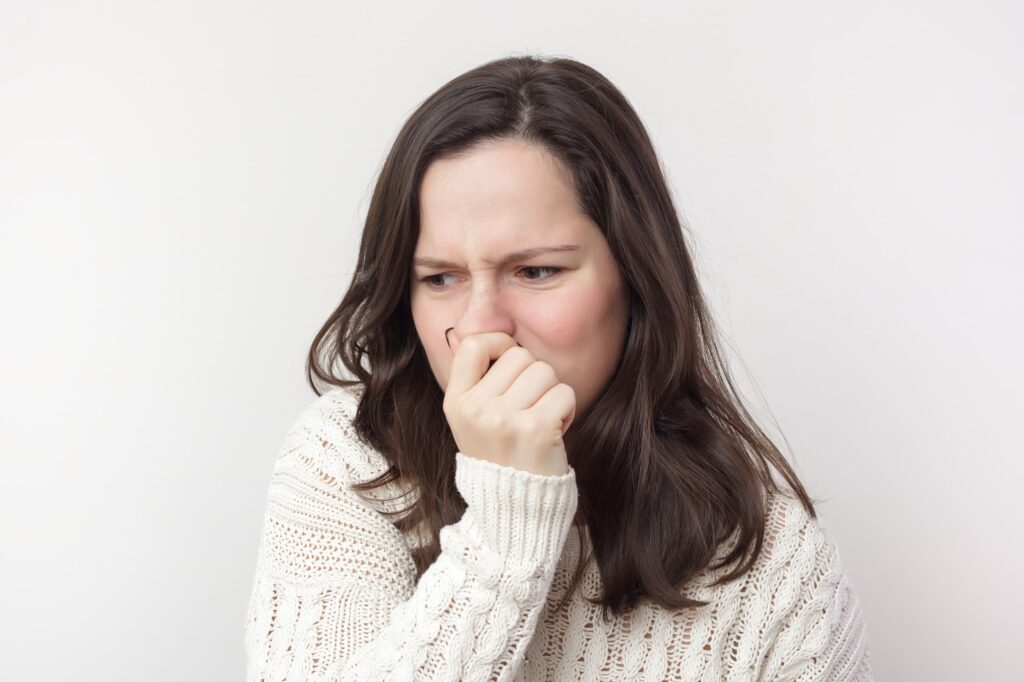Notifiable infections and partner notification: Who needs to know about my STI?

You might have heard the term “notifiable disease” or “notifiable infection” during COVID lockdowns, but what you might not know, is that some sexually transmissible infections (STIs) can also be notifiable infections. What this means is that the Department of Health automatically gets notified when there’s a positive test result – either by a pathology lab or by a doctor or medical practitioner. This process is called surveillance, which helps to monitor and track outbreaks, and manage epidemics and pandemics. This also helps the Department of Health get targeted messaging out to communities and areas that may be more impacted by the infection than others. However, rest assured, no information about you or your health becomes public.
However, depending on the infection itself, you might be contacted by health authorities. Also, you might want — or need — to notify people you have been in sexual contact with. This is where partner notification or ‘contact tracing’ comes in.
What is partner notification?
The terms ‘partner notification’ and ‘contact tracing’ are often used interchangeably. These terms refer to the process of informing partner(s) of a person with STIs that they are also at risk of having an STI such as chlamydia or HIV, and they should seek testing and treatment. The main purpose of partner notification is to assist partners who may be unaware of their risk to have testing, treatment and prevent serious symptoms and onward transmission.
Partner notification can be carried out in three different ways:
- Patient referral: the index patient themself informs the partners that they should seek testing and treatment. This is often referred to as partner notification.
- Provider referral: a health-care professional informs partners of their need for testing and treatment. This is often referred to as contact tracing.
- Conditional referral: a combination of the previous two strategies.
If you want to let a partner know but don’t want them to know it’s come from you specifically then there are anonymous services that you can use to send a message to them:
- Let Them Know – Can send anonymous message to notify partners
- The Drama Down Under – Mainly for gay, bi and other men who have sex with men
- Better to Know – For Aboriginal and Torres Strait Islander People
Which STIs are notifiable?
The most pressing notifiable STI at this time is MPox. Local Public Health Units are monitoring the spread of infection and notification of cases. Post-exposure preventative vaccination (PEPV) can be given preferably within 4 days of contact if:
- Someone has contacted you to let you know they have symptoms or confirmed case of mpox; or
- If you’ve attended sex on premises venues (SOPVs) and public/private events (particularly where sexual or intimate contact may occur) in areas where local transmission of mpox is occurring.
For other STIs:
- Chlamydia – notify partners from the last 6 months;
- Gonorrhoea – notify partners from the last 2 months;
- Syphilis – notify partners from the last 3, 6 or 12 months depending on stage of infection;
- HIV* – If you are diagnosed with HIV and have a detectable viral load and have had sex with someone without a condom in the 72 hours before your diagnosis let them know so that they can access PEP (Post Exposure Prophylaxis). Otherwise, if you are diagnosed with HIV, your diagnosing health worker has a responsibility to ensure that your sexual and needle-sharing contacts are followed up, where possible. Assistance with partner notification may be provided by the department through its partner notification officers.
*People Living With HIV on treatment with an undetectable viral load can not transmit HIV. Undetectable = Untransmissible (U=U)
Which STIs aren’t notifiable?
There are STIs that are NOT notifiable, because they are super common, and can be easily treated or managed. These include:
- Herpes Simplex Virus (cold sores and genital herpes)
- Genital warts/HPV
- Bacterial vaginosis
- Candida or thrush
- Molluscum contagiosum
- Urinary Tract Infections
While these conditions are often associated with sexual contact, they are not considered notifiable. This is particularly in the case of the Human Papilloma Virus (HPV) and the Herpes Simplex Virus (HSV). For instance, asymptomatic infections with HSV-1 (cold sores) are common; 70 -90% per cent of adults have circulating antibodies to HSV-1, indicating previous infection but may never had any outbreaks or way of knowing they have the virus. Similarly, 12–15% of adults have antibody evidence of exposure to the HSV-2, but again, many may not have any outbreaks or awareness that they have been exposed to the virus.
Read more:














